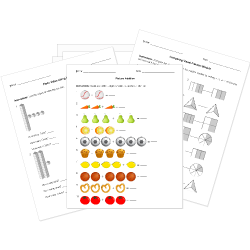Common Core Standard HSG-GPE.B.4 Questions
Use coordinates to prove simple geometric theorems algebraically. For example, prove or disprove that a figure defined by four given points in the coordinate plane is a rectangle; prove or disprove that the point (1, √3) lies on the circle centered at the origin and containing the point (0, 2).
You can create printable tests and worksheets from these questions on Common Core standard HSG-GPE.B.4! Select one or more questions using the checkboxes above each question. Then click the add selected questions to a test button before moving to another page.







